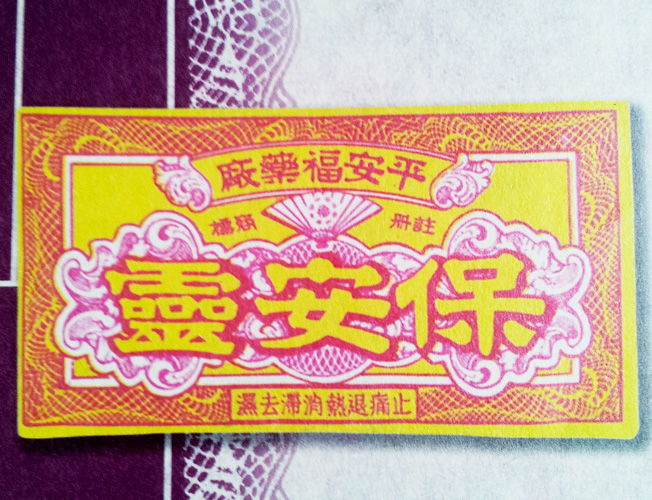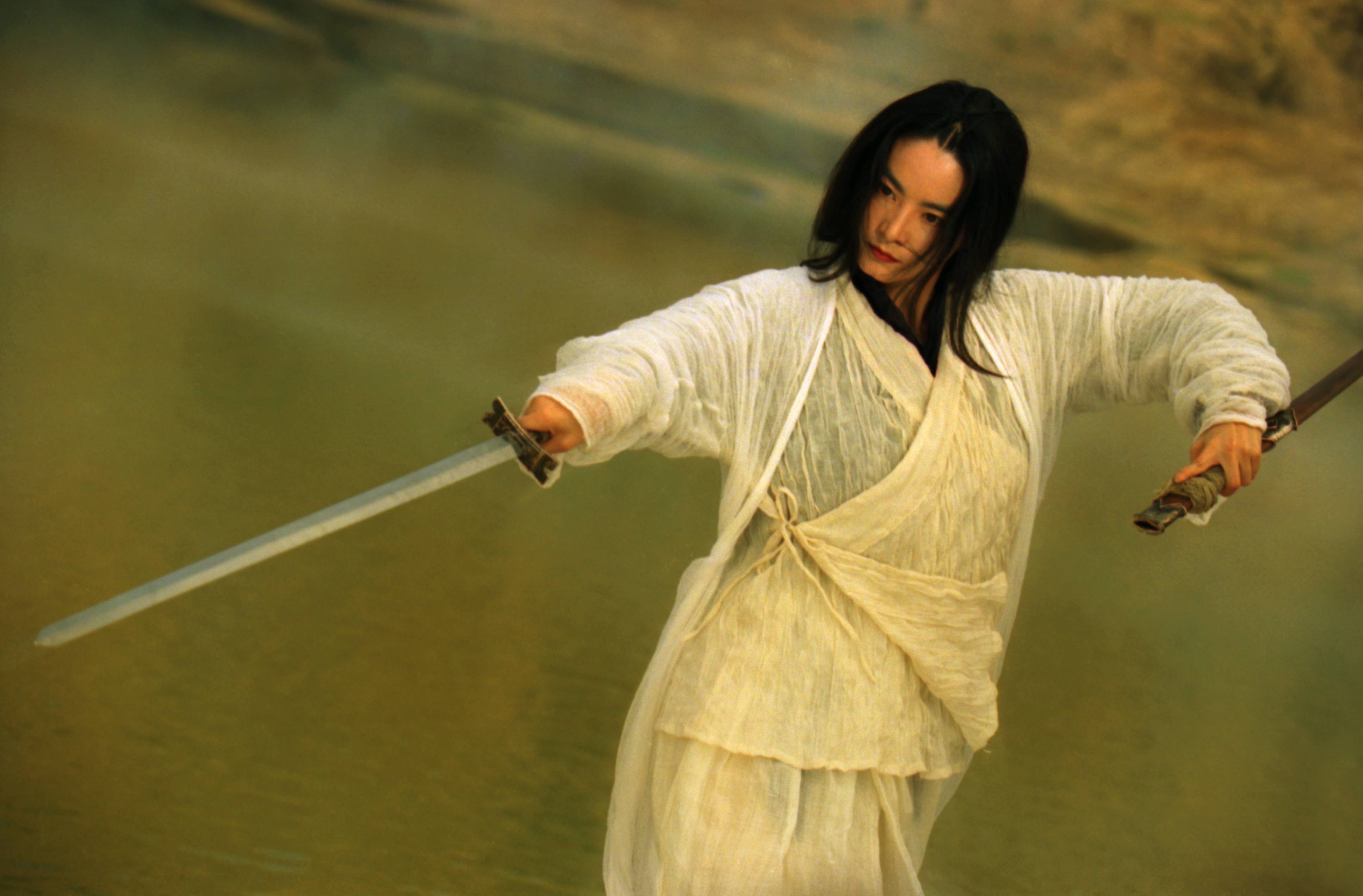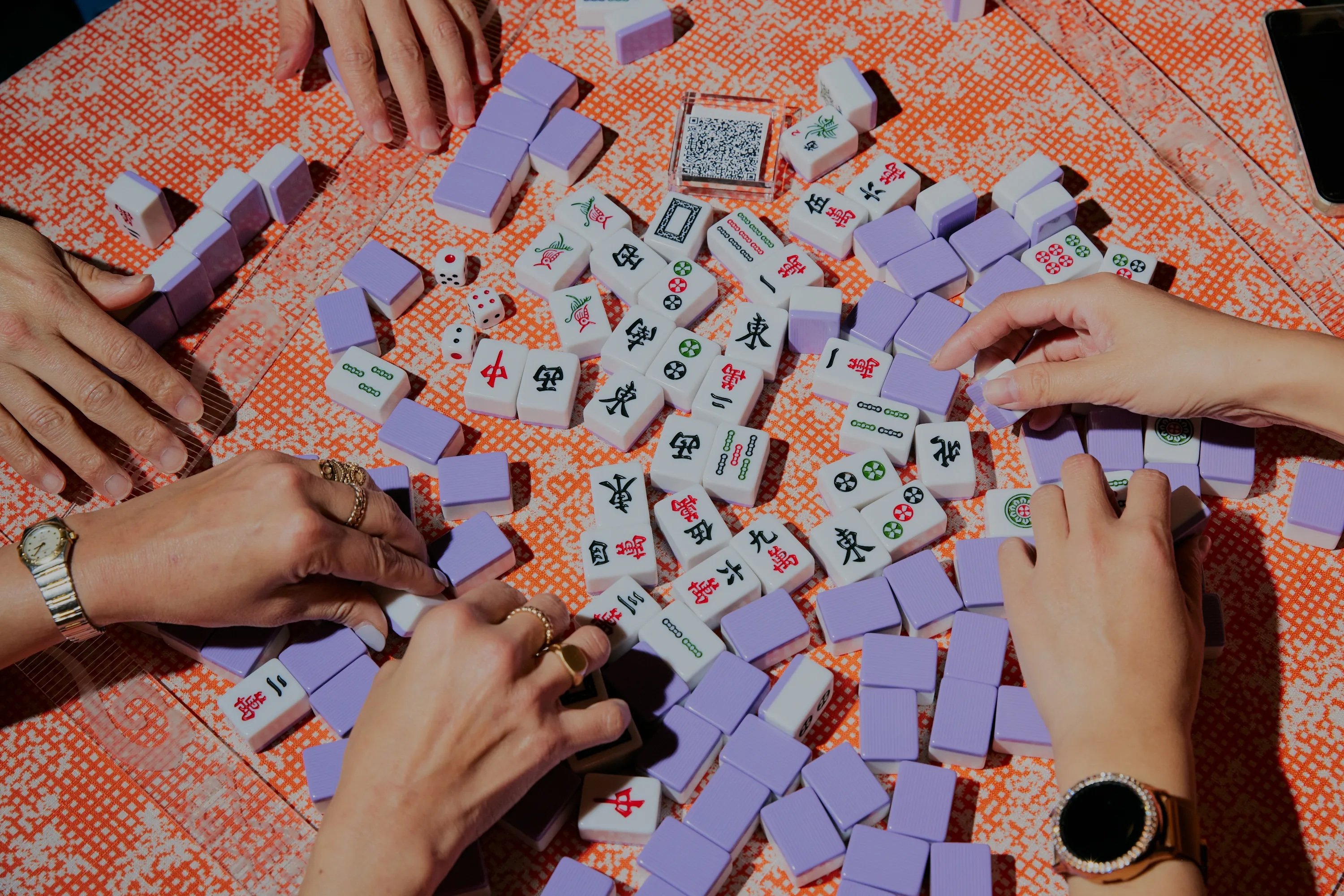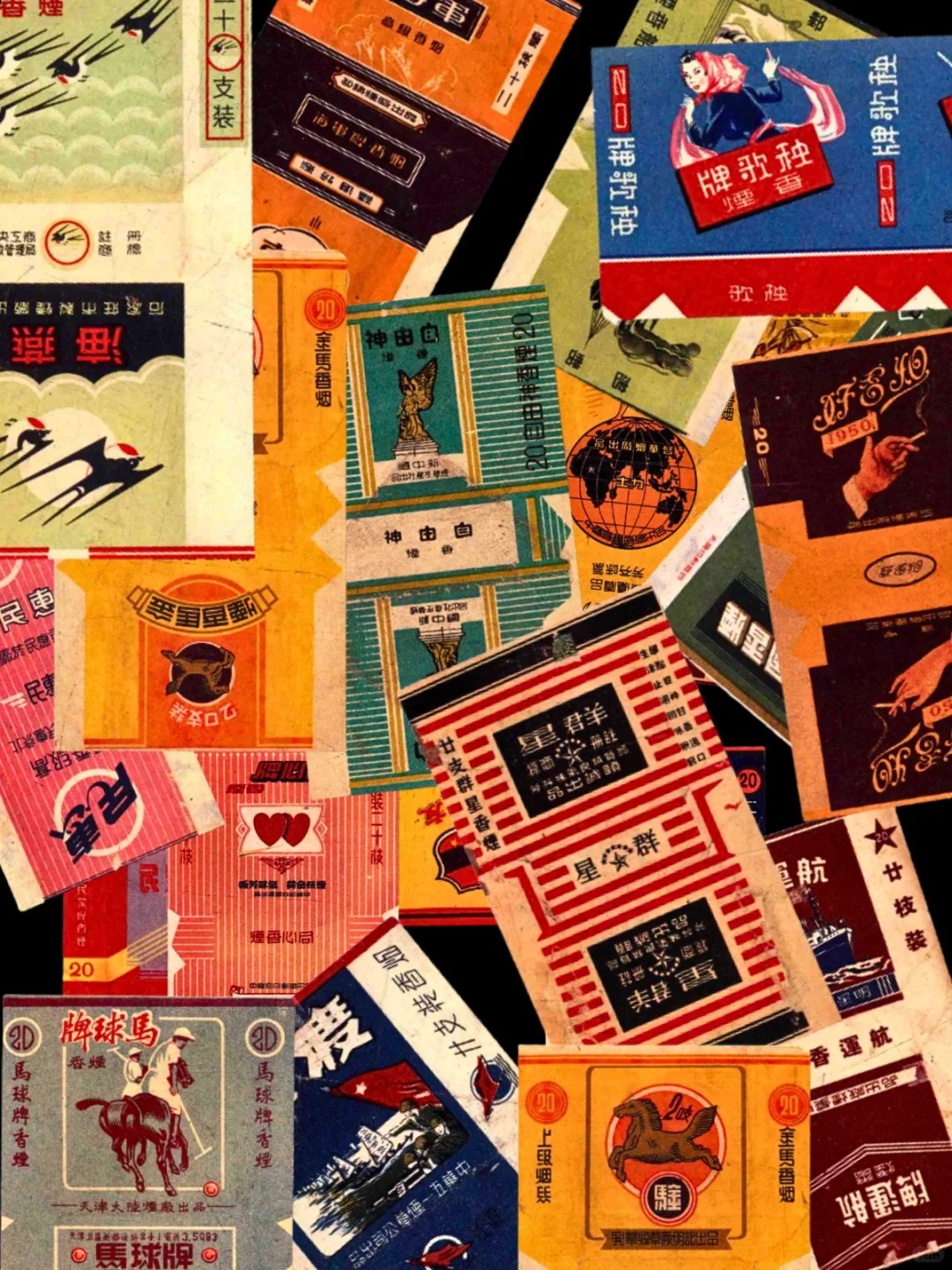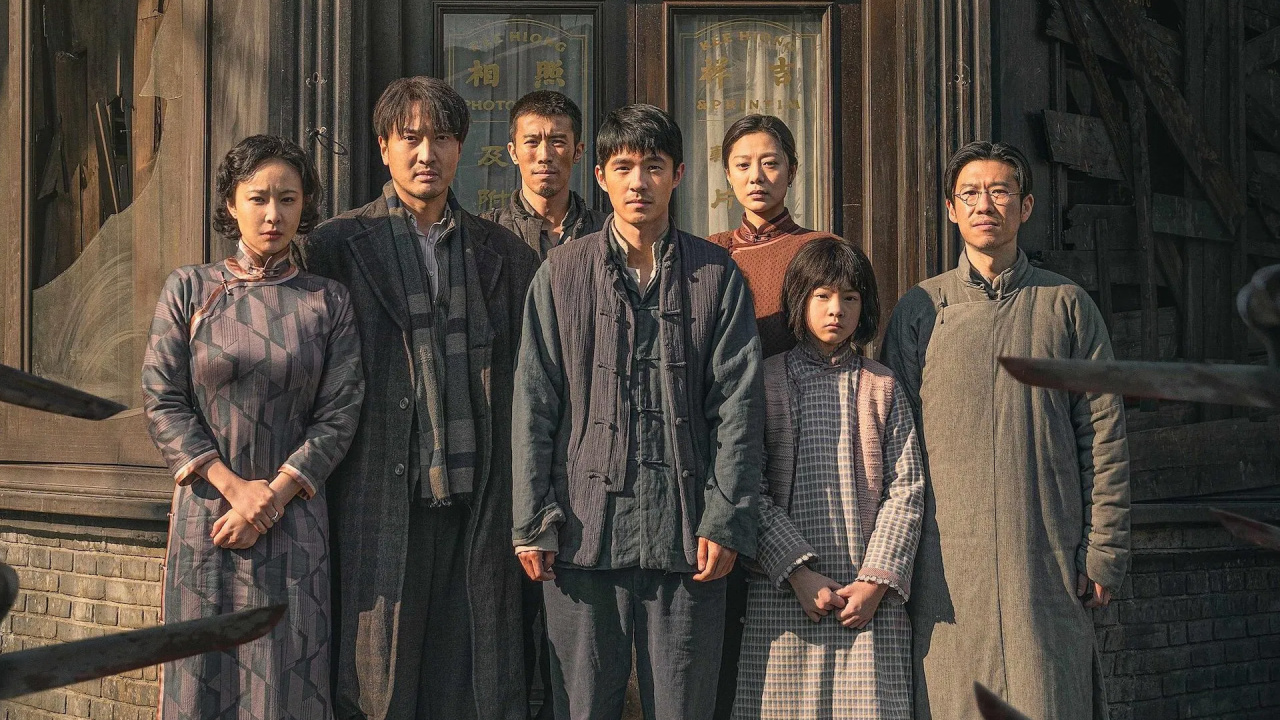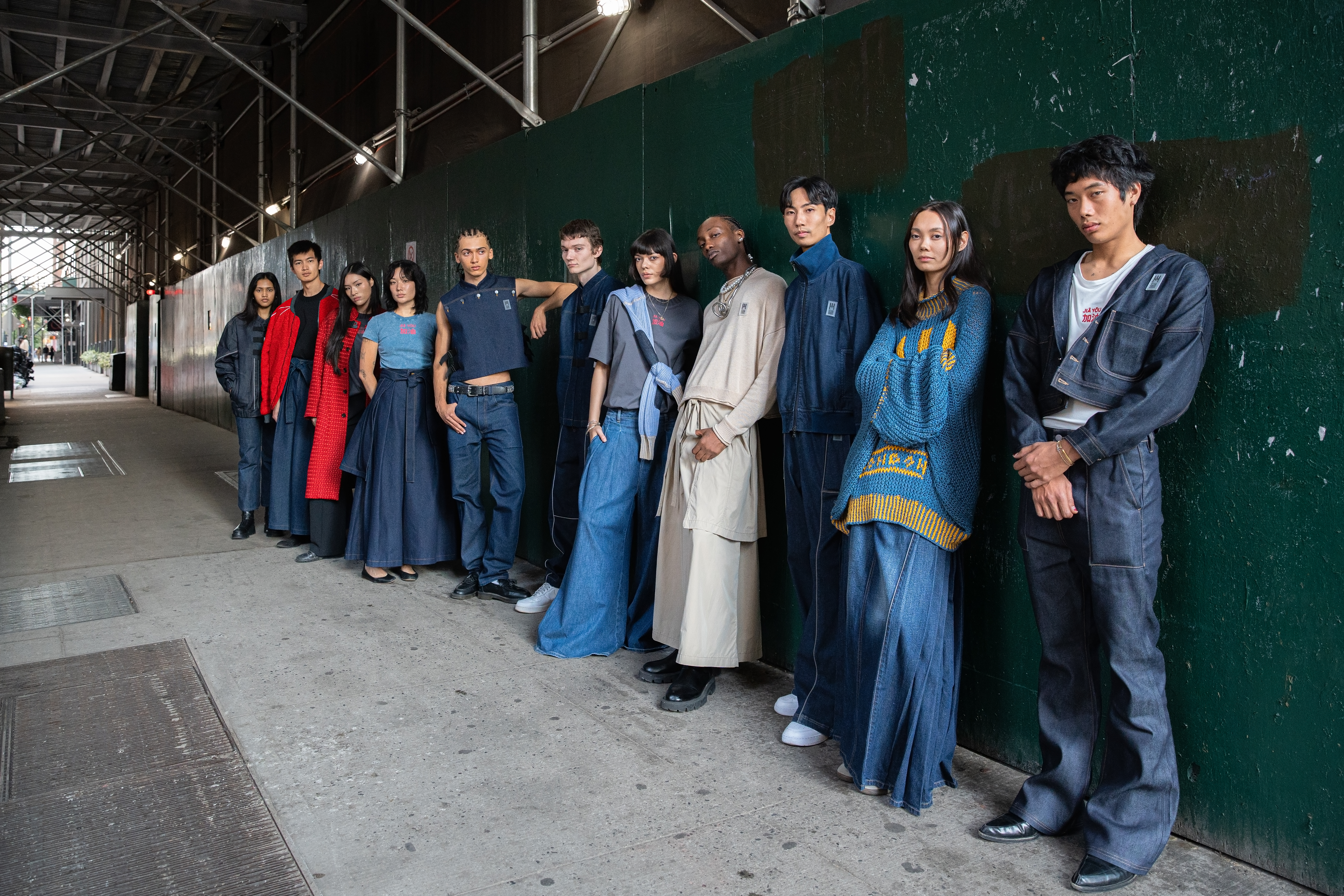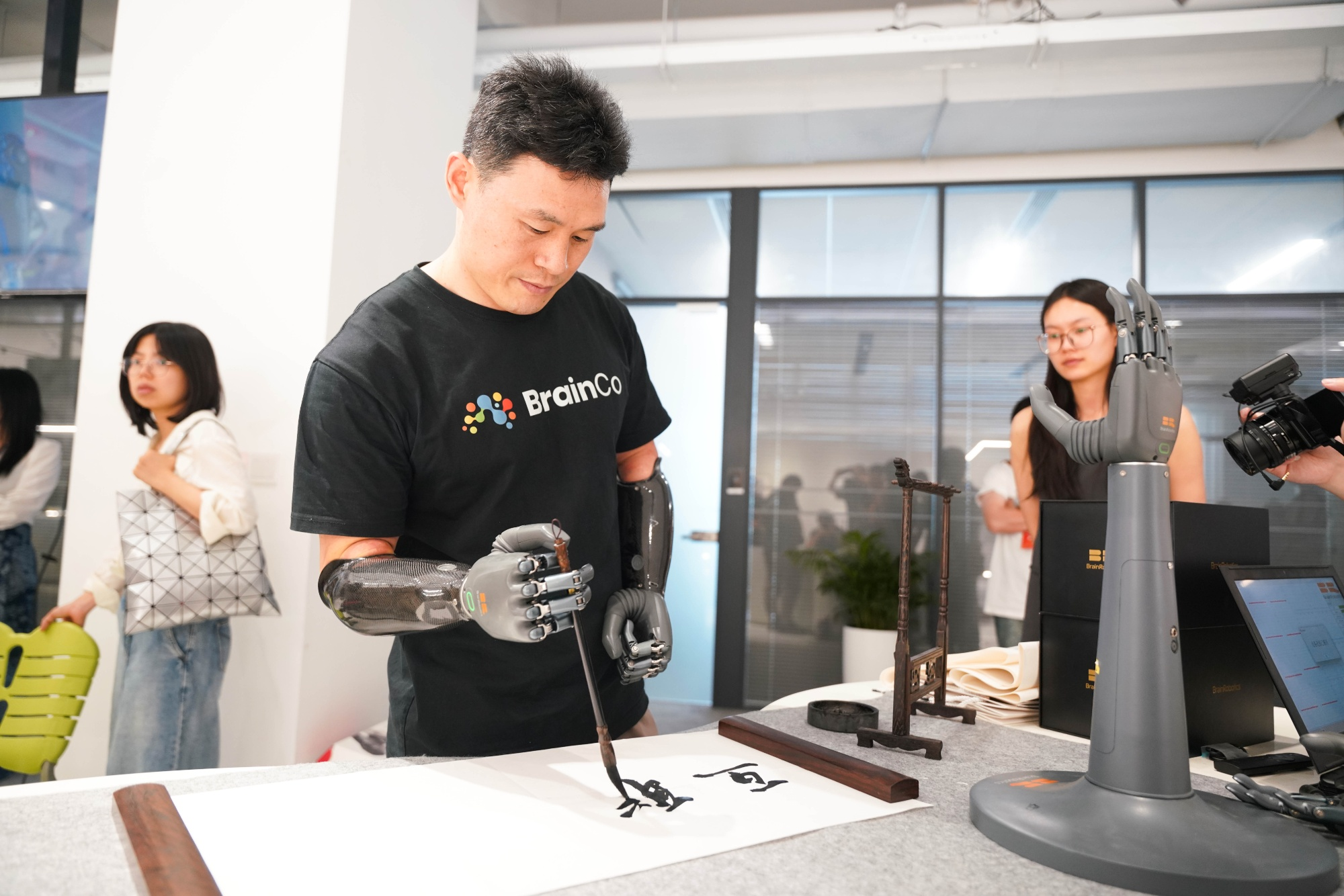Long before Western superheroes graced the silver screen, China celebrated its own formidable heroines—the xiá nǚ (侠女, “female knight-errant”). These women lived by their own moral codes, challenging societal conventions with a sword at their waist and an unyielding spirit of freedom. Born from the philosophical traditions of the Warring States period, where male xiá (侠, “knights-errant”) took justice into their own hands, the xiá nǚ emerged as a powerful reinterpretation. She extended this ethos of moral autonomy to women, carving out space for female agency in a patriarchal society.
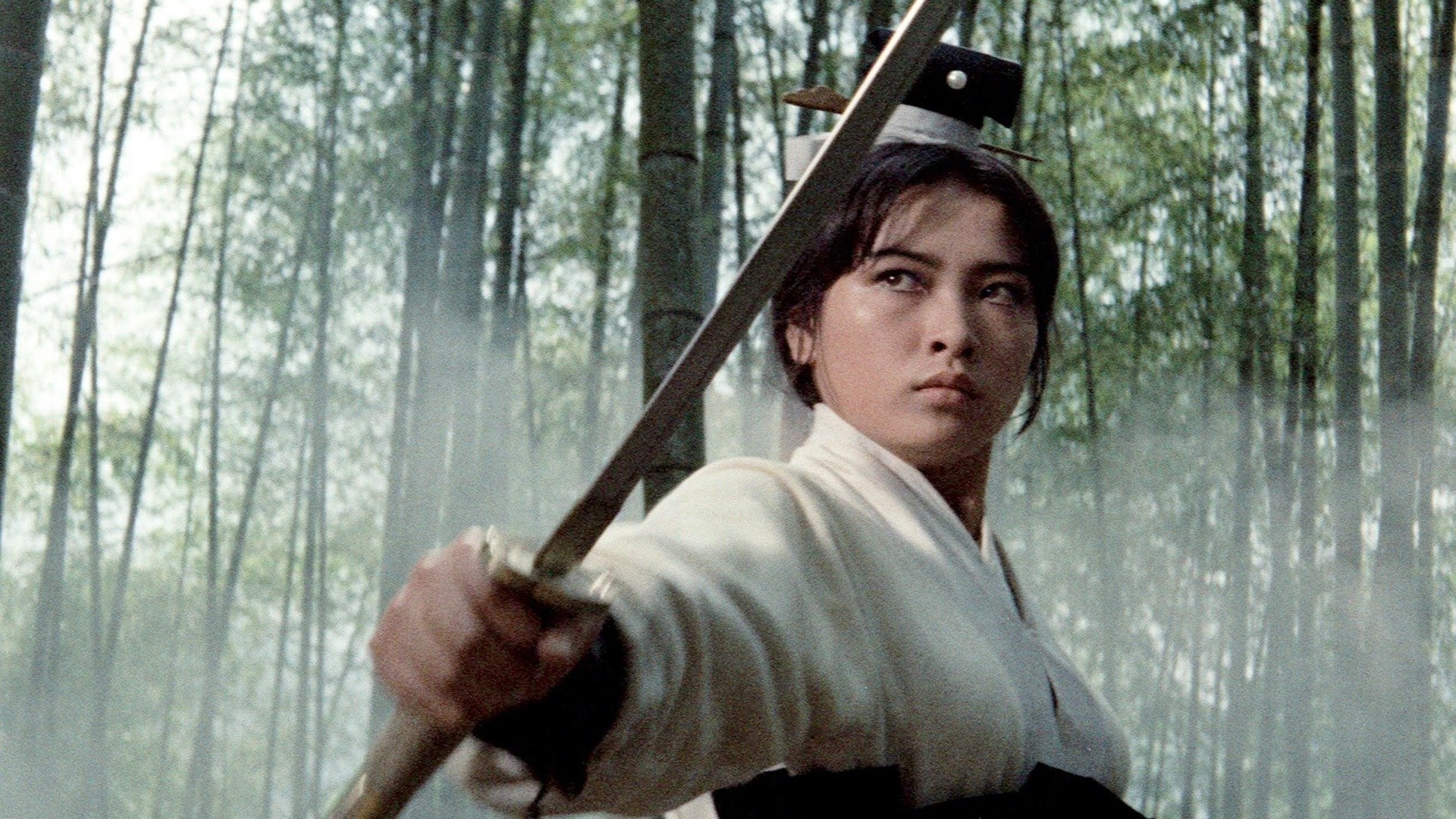
Her earliest literary appearances can be traced back to the Tang Dynasty, in tales like Nie Yinniang (聂隐娘), later immortalized in Strange Tales from a Chinese Studio (Liaozhai Zhiyi, 聊斋志异) by Pu Songling. These stories portrayed women who transcended domesticity, seeking justice—and sometimes revenge—while fiercely maintaining independence.
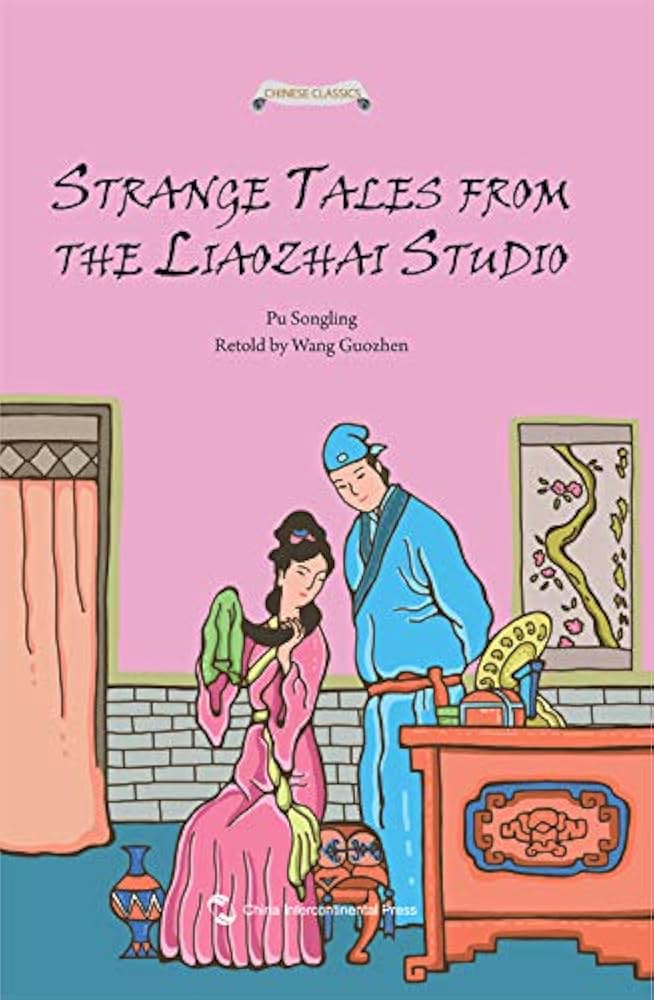
By the 1920s, the xiá nǚ leapt from page to screen in the nüxiapian (女侠片) genre of early Chinese silent films. Yet it was the golden age of wuxia cinema that truly made her iconic. Films like King Hu’s Come Drink with Me (1966) and the Cannes-winning A Touch of Zen (1971) defined a new era of martial storytelling, where women wielded both blade and philosophy.
As cinematic ideals evolved, so did the xiá nǚ. From Brigitte Lin’s androgynous warriors in The Bride with White Hair (1993), to Maggie Cheung’s free-spirited desert wanderers in Ashes of Time (1994), and Zhang Ziyi’s rebellious prodigy in Crouching Tiger, Hidden Dragon (2000), each heroine embodied a distinct vision of power, femininity, and defiance reflective of her era.
More than just martial artists, the xiá nǚ stands as a cultural statement—a timeless archetype challenging the limits of gendered roles. She redefines womanhood as a balance of grace and strength, compassion and conviction. Today, her image persists—on-screen, online, and in spirit.
Whether through modern reinterpretations in films like The Assassin (2015) or new media adaptations, the xiá nǚ continues to mirror our collective yearning for justice, freedom, and self-determination. Her story proves that true heroism has never been bound by gender.
Cover image via Mongrel Media.
